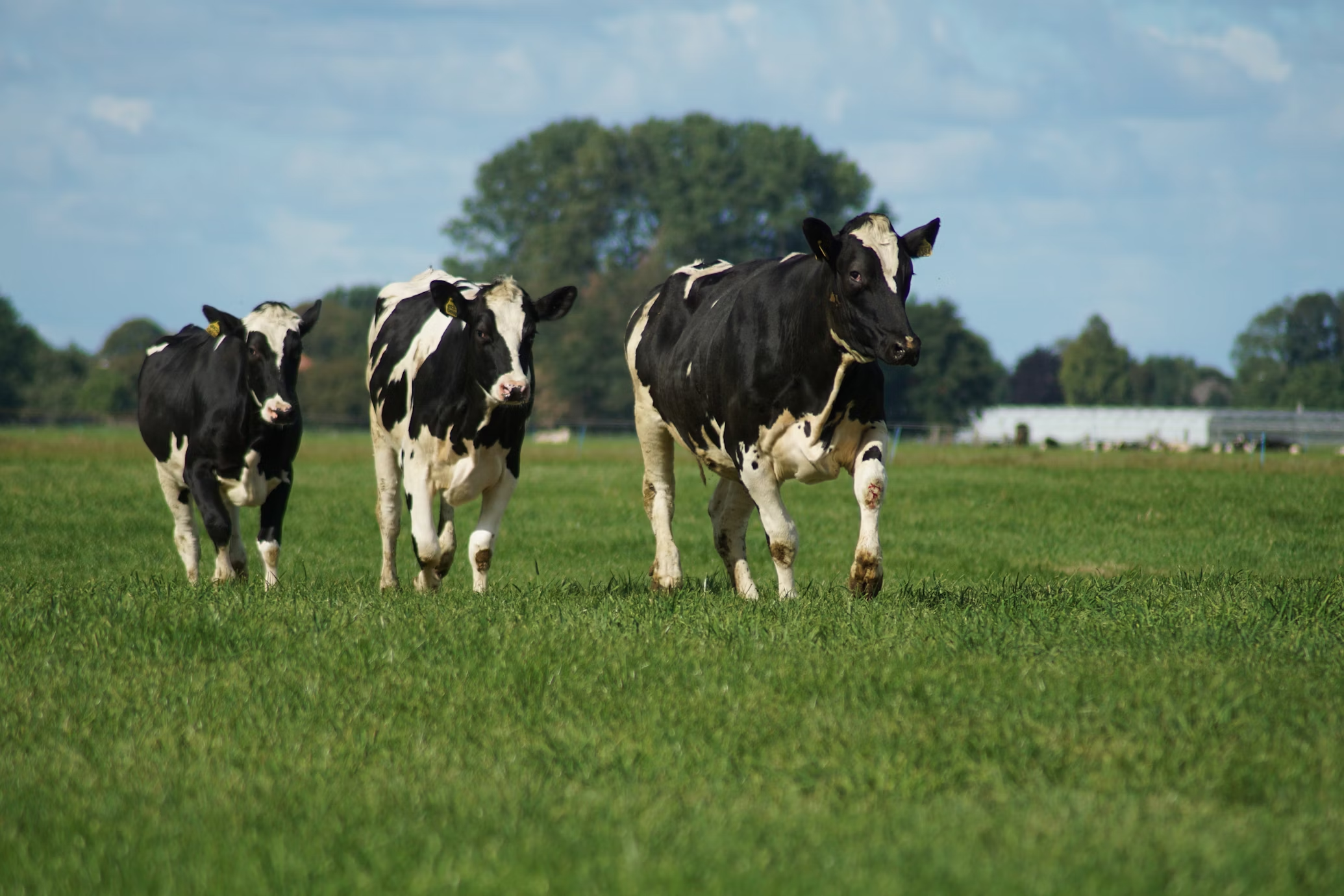Organic dairy farms emit fewer greenhouse gases while retaining profits
To measure the impact of adopting organic practices in agriculture, a recent study quantified greenhouse gas emissions on over 3,000 French dairy farms. They found that organic dairy farms produce 19% fewer emissions compared to their conventional counterparts without sacrificing profits. As a major contributor to global climate change, agriculture accounts for up to 30% of human-sourced emissions.
Organic farmers use practices that offset emissions by drawing more carbon back into the soil, while the prohibition of synthetic fertilizers in organic simultaneously decreases greenhouse gas emissions. Additionally, when organic farmers diversify their practices by using cover crops, planting a variety of crops and incorporating non-crop vegetation, soil quality, biodiversity and yields improve. 
This study compared greenhouse gas emissions on organic and conventional dairy farms. Researchers compiled datasets from 3,074 dairy farms to establish differences in emissions in organic versus conventional operations, accounting for both direct and indirect changes in practices and land-use for transitioning farms. They found that organic dairy farms produced 19% fewer on-farm emissions than conventional without indirect land-use change considered.
The European Union Green Deal has a goal of converting 25% of farmland to organic by 2030, and the potential of conversion to organic dairy is immense. Price premiums for organic products are more than 50% more per gallon, while organic standards strictly regulate fertilizers and feed supplements—two significant costs incurred by conventional dairy farms. This study demonstrates that, at least within the context of the European dairy industry, converting farmland to organic can provide farmers with an opportunity to lower industry emissions, while maintaining economic viability.


